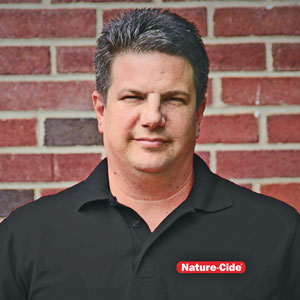
Greg Pettis
As a pest management professional (PMP), I can remember back in the mid-1990s when multi-queen ant colonies became more of a problem in the northeastern U.S. Not understanding the complexity of these types of ants, it is easy to experience the phenomenon of colony fracturing, or “budding.” Already-complex infestations can worsen overnight when treated with repellents indoors.
Instead, we must think in 3D with multi-queen species infestations, such as Argentine (Linepithema humile), pharaoh and many carpenter ant species. Keep in mind they can be made up of several satellite colonies that are a part of a greater super colony, where about 5 percent of them “visit the cousins” on a regular basis.
Back in the day with multi-queen colony infestations, we often got away with just treating the areas where ants were sighted indoors. It was a matter of out of sight, out of mind. But unless we address all the colonies and all the entry points, the game continues. With colonies almost always originating outside, applications to the foundation and even the yard should be considered.
Leave A Comment